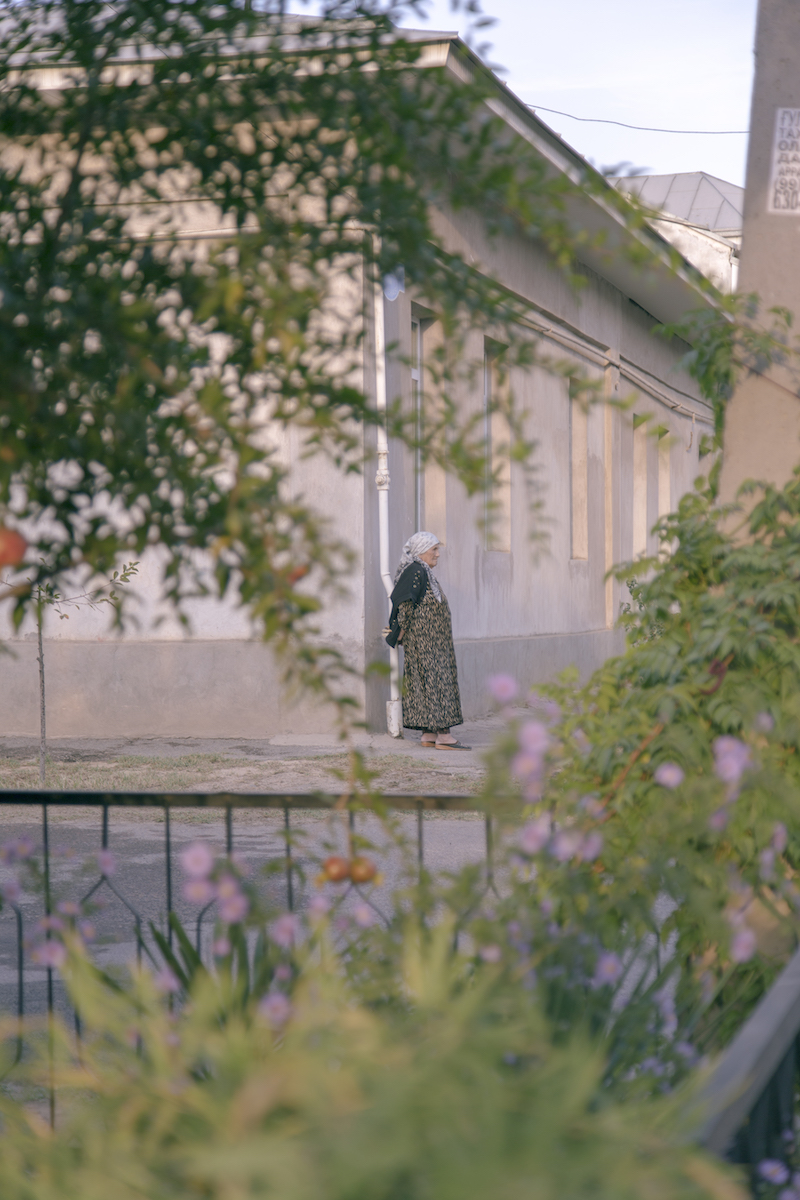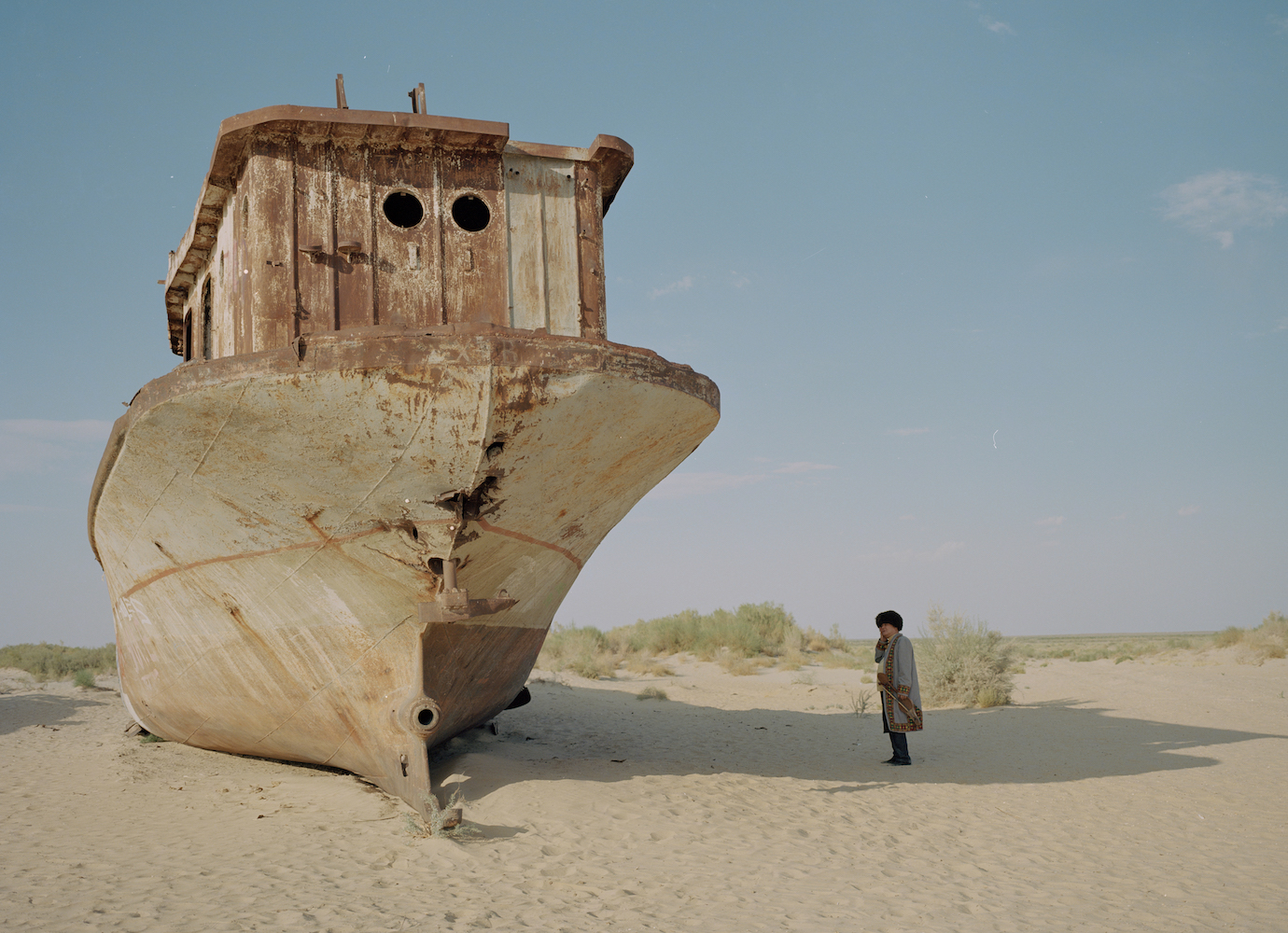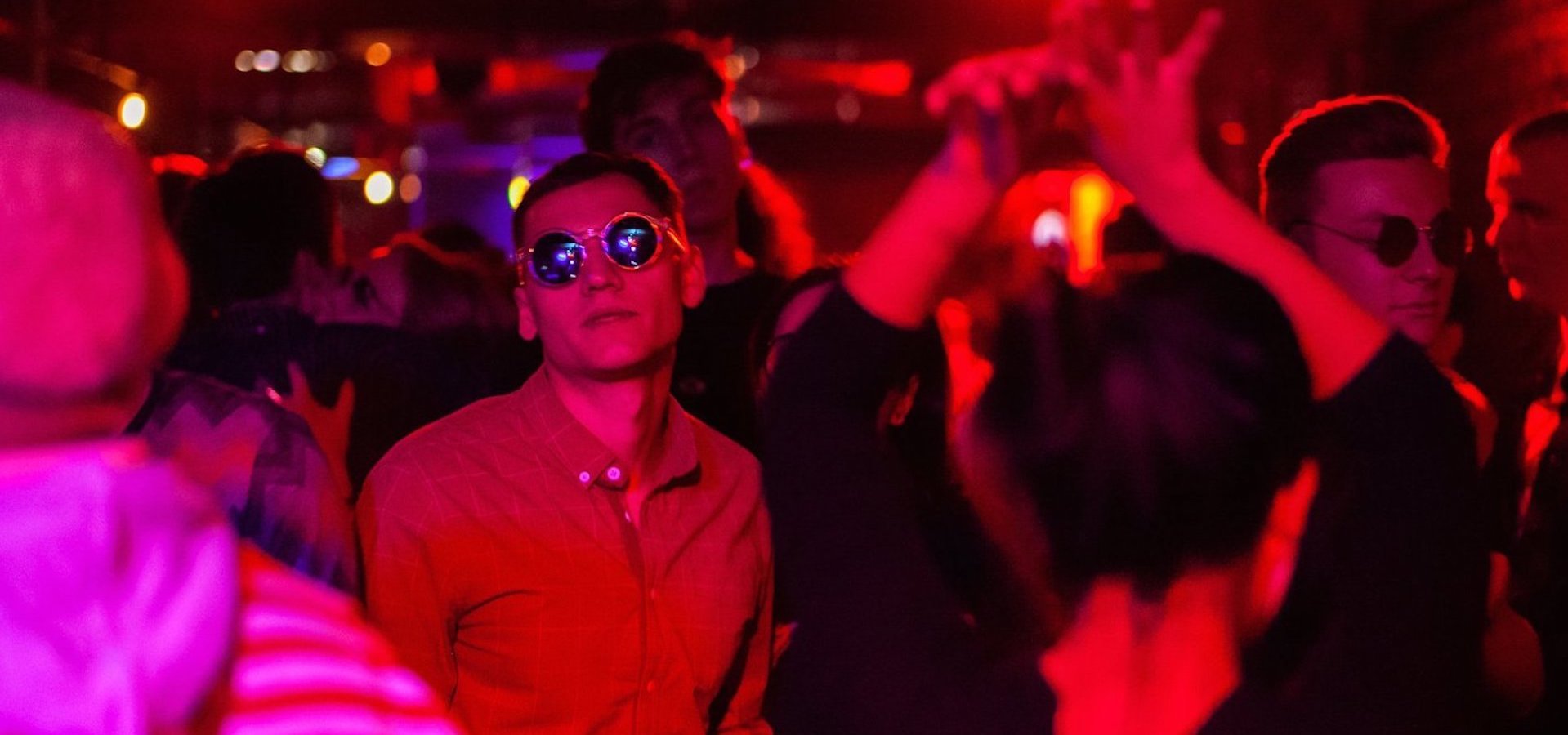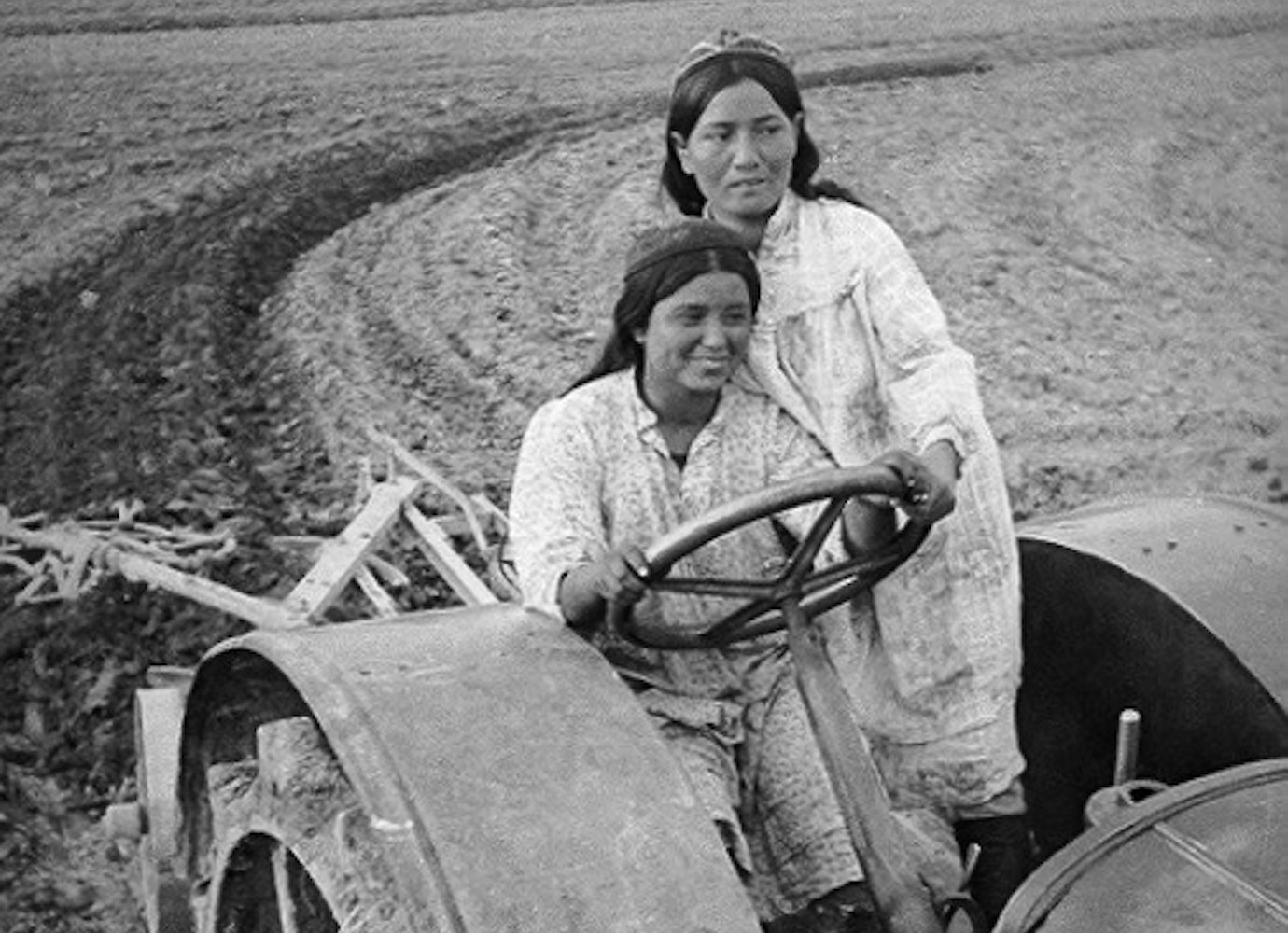Letter from Tashkent: Uzbek writer-in-exile Hamid Ismailov remembers the city he has lost
Creative cities: Tashkent
This article was produced by The Calvert Journal in partnership with British Council
I was five years of age upon my first arrival to Tashkent, accompanying my mother on a visit to relatives in the Old City, which, in many places, preserved its centuries-old traditional Uzbek look and feel. In my novel 1997 The Railway, translated into English by Robert Chandler, I gave the description of my auntie’s mahalla (or neighbourhood in English):
“The most exciting thing in this yard were the bolohana, the attic balconies, each of which lay adjacent to the tin roofs of neighbouring houses, making such a huge rattling noise when one walked barefoot across them, that they almost rang beneath your feet, only if you didn’t step on the joints that stuck out upwards; doing so caused considerable pain, as the scorching metal heat accumulated here like on the tip of a razorblade, cruelly cutting into your soles, so when you finally emerged through all the thundering and scorching into the shade of the neighbour’s mulberry tree, even the coolness of metal in the shade was unable to soothe the pulsating line, by now branded across the middle of your feet.
There, sat on the tree, he kept watching over the multitude of roofs of the Old City and listened in to the distant lazy voice of the street radio loudspeaker, emanating in waves due to the heat that warped the glowing white air…”
Following the tragedy, however, the city around this mahalla began to turn into one of the most cosmopolitan metropoles in the Soviet Union
This was before 1966, the year when Tashkent suffered a terrible earthquake, which destroyed most of the town — but not the Old City, where my family by now lived. Following the tragedy, however, the city around this mahalla began to turn into one of the most cosmopolitan metropoles in the Soviet Union. Armed with cement mixers and all sorts of other heavy reconstruction machinery, people from all Soviet nations descended upon the city to offer their helping hand in the rebuilding efforts. Ethnicities ranging from Georgians to Koryaks mixed with Uzbeks, which of course resulted in a bloom of colourful relationships, with the helpers eventually settling down in the sunny city. Later, nationalists grumbled about this “influx of dozens of foreign languages”, but as I grew older I realised that even the most distinct national culture develops more fruitfully when cross-pollinated by other cultures, rather than in self-isolation.
Image: Nozima Azizova
My Tashkent creative youth unraveled during the years of Brezhnev’s “stagnation”, when nothing but official art was allowed. Aged 23, in 1977, I wrote a poetic symphony entitled Lorkiana, which in my young, ambitious mind represented a synthesis of all forms of the arts, as well as a meeting of the West and the East. Obviously, I couldn’t perform it anywhere. We then had a cinema, Pioneer, which semi-clandestinely featured films by anti-system arthouse filmmakers like Andrey Tarkovsky and Andrej Wajda. With the help of a reference from the director of the Ilkhom theatre, the legendary Mark Weil (whom Brits might know by his 2006 Barbican play White, White, White, Black Stork), my friends and I were able to “fake” an official film screening, by buying out all tickets for the non-shown film (thus spending all my monthly salary as a part-time technician, of 70 roubles), and instead I performed that dissident and decadent poetic symphony.
Like that cinema, we had a number of favourite haunts where my friends and I would meet up, while I was a biology student. Whenever I’d go to the Navoi library, we would normally meet at the coffee shop by the Tashkent Hotel after I finished my reading. Sometimes, while I waited for my friends to arrive, I would walk into the actual hotel, go up to one of its floors and sink myself into one of the luxurious armchairs, which I referred to as “utopian” (from the Russian word ‘utopat’ — ‘to plunge’). Here, I would sit and read or write my poems. One top floor hosted a popular bar, where the creatives and rising stars of Tashkent sipped on glasses of local wine and Czech beer.
We gathered under the shade of the centuries-old plane trees, and indulged in coffee drinking at a cafe beside the large hotel Uzbekistan, shaped like an open book
I also hunted for other armchairs in which to read or write, such as the ones in the basement of the Lenin Museum nearby, next to the cloakroom. There, in the shadow of Lenin’s statue, I made revision notes on many books about the 14th century Mongol military leader, Tamerlane the Conqueror.
Whenever I met up with my friends for lunch, we’d walk a bit further, down to the Kukol’nyi (Puppet) theatre, opposite the Russian Governor-General’s Pioneer Palace, to a dumpling place in a building that had formerly been the chapel of a palace. There, we would feast on dumplings at 15 kopeek a portion (next to nothing); 20 if we wanted a glass of sour cream on the side. Then, we would inevitably make our way to the coffee shop, on Karl Marx street, which became known as the Broadway since the fall of the USSR.
But my friends and I met up in the Revolution Square most often, in the densely planted park, created back during the Tsarist occupation in 1860-ties and cut-down only recently, after independence. We gathered under the shade of the centuries-old plane trees, and indulged in coffee drinking at a cafe beside the large hotel Uzbekistan, shaped like an open book. There, we really burnt the candle at both ends — coffee, cigarettes, the weekly Soviet newspaper “From Abroad” (fragments from the international press), the fountains, the Writers’ Union across the street where we went self-importantly and with aplomb, to relieve ourselves in the writers’ toilets…
Sadly, not much remains from this Tashkent I once knew. The Pioneer cinema, along with the adjacent park, has been done away with, turning into the presidential palace since 1991. The centuries-old plane trees of the Revolution Square have been cut down to the root (rumour has it, because the former president Islam Karimov feared that Islamic terrorists might be hiding behind them), while the dumpling place at the ancient chapel has been levelled and covered with tarmac. Even the imposing colonial building of the Writers’ Union has undergone modernisation and is now being let out as office space. I often say that Uzbeks are essentially people of clay houses and not of stone buildings and this is why, as a rule, with every passing generation, the scenery of any of their dwellings, including modern Tashkent, changes beyond recognition. Apart from that, there’s a great deal of natural urbanisation. After the breakup of the USSR, many had decided to leave Tashkent and Uzbekistan, so the city’s, and the country’s, population became less diverse. That is why I have to resort to carrying the memory of my Tashkent in my thoughts, words, and books.
I last visited Tashkent on the 1st March 2017, when the Uzbek authorities deported me from the airport as persona non grata, for my writing and journalism, which was often critical of the authorities. So everything I know about present-day Tashkent is through online news, occasional phone calls with my relatives, and the increasingly fewer remaining friends there. Like the great medieval Persian poet Saadi once said: “There are no more others left, while still others are far away.”
Surely, Tashkent still has many new and interesting things to offer! It remains one of the stars of the East, and the heart of Central Asia, with its glorious bazaars, shish-kebab places, friendly and welcoming people — with everything that exists on the surface, designed to catch the eyes of the awe-struck tourist. But I do take in what I am hearing. They say, many mahallas of the Old City, so dear to my heart since childhood, have now been demolished, having been replaced with bombastic yet still almost empty skyscrapers of Tashkent City, a business hub meant to galvanise the stagnating economy. They say that the Ilkhom Theatre of Alternative Art, founded in 1976, still exists, although its former director Mark Weil was murdered under unclear circumstances in 2007. They say that pockets of literary life are still kindling in several houses and museums, where poetry evenings and even “poetry duels” between young poets are held to this day. But this has now become a city that I no longer know, although it is still called the same — Tashkent. The city that has been forgotten and lost within me… As I once wrote in one of my Tashkent poems:
And this time what I say
makes no sense…
the same place again,
the same rain, the same quagmire of mud,
the same roofs, the same landscape,
the same sad standing,
the trousers hung on the wire and not drying,
the same choice,
feeling, as though attached to this space,
or rather the same thought,
and not the thought — a bitter and sharp
doubt, attached to this space:
if space returns, but time does not,
yet what does sadness that has named the draught
still search for in the interval?







